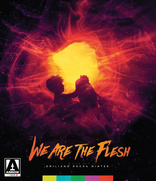We Are the Flesh Blu-ray Movie
HomeWe Are the Flesh Blu-ray Movie 
Tenemos la carneArrow | 2016 | 89 min | Not rated | Feb 28, 2017
Movie rating
5.7 | / 10 |
Blu-ray rating
| Users | 0.0 | |
| Reviewer | 3.0 | |
| Overall | 3.0 |
Overview
We Are the Flesh (2016)
After wandering a ruined city for years in search of food and shelter, two siblings find their way into one of the last remaining buildings. Inside, they find a man who will make them a dangerous offer to survive the outside world.
Starring: Noé Hernández, María Evoli, Diego Gamaliel, Gabino Rodríguez, María CidDirector: Emiliano Rocha Minter
| Horror | Uncertain |
| Foreign | Uncertain |
| Drama | Uncertain |
| Fantasy | Uncertain |
Specifications
Video
Video codec: MPEG-4 AVC
Video resolution: 1080p
Aspect ratio: 1.92:1
Original aspect ratio: 1.85:1
Audio
Spanish: DTS-HD Master Audio 5.1
Spanish: LPCM 2.0
Subtitles
English SDH
Discs
Blu-ray Disc
Single disc (1 BD)
Playback
Region free
Review
Rating summary
| Movie | 2.5 | |
| Video | 4.0 | |
| Audio | 4.5 | |
| Extras | 3.0 | |
| Overall | 3.0 |
We Are the Flesh Blu-ray Movie Review
Reviewed by Jeffrey Kauffman February 27, 2017While it might only be meaningful for what I assume are the relative few who have seen the Israeli film, I’d like to suggest an advertising slogan for Mexico’s We Are the Flesh: “Makes the graphic depictions of genitalia in Tikkun look like something out of Mary Poppins!”. We Are the Flesh, as might be discerned from that obviously cheeky fake ad, is an intentionally provocative film that does in fact feature some of the most graphic, up close and very personal views of both male and female genitalia you’re probably apt to see outside of a hardcore porn film, all within the confines of what initially appears to be a post-apocalyptic scenario that also includes ample amount of carnage and (just for good measure) cannibalism. It’s a stylistic tour de force for writer and director Emiliano Rocha Minter, but any attempt to ferret out what seems to be Minter’s wish for what he appears to think is mind blowing meaningfulness may be met with some skepticism if not outright derision by some viewers. It’s hard to separate some of the more disturbing and boundary pushing imagery of We Are the Flesh from that supposed subtext, and as such, the film may be best experienced (by those with the tolerance for that very imagery) as a rather outrageous series of images that will no doubt viscerally affect some, maybe most, but not necessarily in a good way.
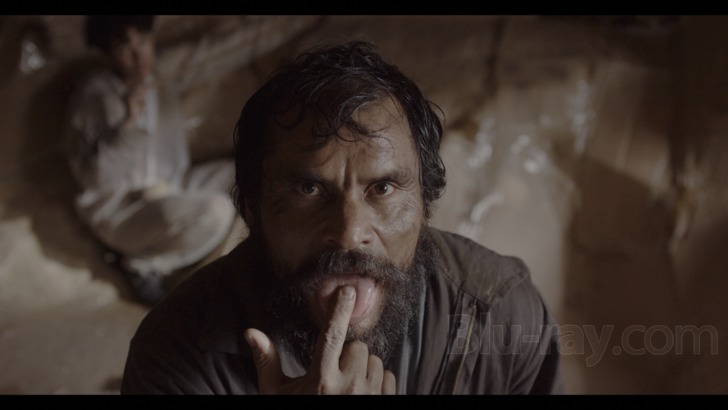
We Are the Flesh starts out “innocently” enough, with the sound of labored breathing (accompanied by a black screen), something that may subliminally warn viewers of what they’re soon going to be experiencing. The film then proceeds wordlessly for quite some time, documenting the kind of weird scavenging efforts of Mariano (Noé Hernández), a guy who seems to be homeless and who is foraging for some sort of supplies. In a kind of disgusting hovel Mariano starts cooking up some sort of weird menu item, and then uses an eye dropper to ingest a small amount of something that seems to be a hallucinogen, at least as evidenced by a weird vision of slimy hands erupting out of the darkness which ensues. Already Minter is plying a psychedelic ambience which will only increase as the rather minimal story unfolds, but for some viewers this is probably going to be the very definition of a “bad trip”.
Part of what makes We Are the Flesh “work”, at least insofar as it may for some audience members, is its feeling of disconnection and isolation. Aside from a brief denouement at the end of the film, one which is in and of itself completely anachronistic to everything that has gone before, We Are the Flesh takes place within the confines of Mariano’s hovel, which begins to assume more and more of a cavelike or even womb like structure as the film progresses. And indeed that womb imagery becomes more and more prevalent in the film’s later going, when Mariano himself experiences a “rebirth” of sorts. There a lot of supposedly high falutin’ hoohah (a philosophical technical term) referencing death and sex scattered liberally throughout the film, but with little to no dialogue and a series of unabashedly hallucinogenic imagery, it’s hard to really make traditional “sense” out of it all.
Ultimately two siblings named Fauna (María Evoli) and Lucio (Diego Gamaliel) wander into the bizarre building where Mariano is holed up, and they fall under what seems to be his demonically mesmerizing spell. Hernández has a puckish quality that reminded me quite a bit of Dominique Pinon, who has been so memorable in a series of films by Jean-Pierre Jeunet ( Amélie, Delicatessen, The Young and Prodigious T.S. Spivet, The City of Lost Children, Micmacs ). Pinon often comes off as slightly creepy, maybe even downright frightening, but with a kind of weirdly lovable ambience that oddly seems to put inherent fears on the veritable back burner. That’s certainly not the case with Hernández’s characterization, though, for Mariano comes off as a completely demented and sociopathic character from virtually the get go, a proclivity that only increases once he convinces the brother and sister to engage in carnal relations (depicted with porn like acuity) and, later, ritualistic murder.
It’s easy to see that Minter is trying to build some kind of allegory, and in fact Mariano, a devil if ever there were one, leads the apparently innocent pair of youths who wander inside his lair into Original Sin (and then some), not to mention a couple of other commandment breaking elements. But part of We Are the Flesh’s problem is its very denseness—this is a film that offers a glut of over the top imagery (not necessarily limited to the sexual, cannibalistic or murderous, but certainly including all three of those), which, when combined with a probably intentionally opaque quality to the storytelling, makes everything a jumble rather than a symbol.
Still, there are going to be those who will resonate with this material, if only because it is so unapologetically provocative. Whether even those folks will feel like the film “means” anything in a traditional sense may not hinder their appreciation for an attempt that is in its own way brave if undeniably controversial.
We Are the Flesh Blu-ray Movie, Video Quality 
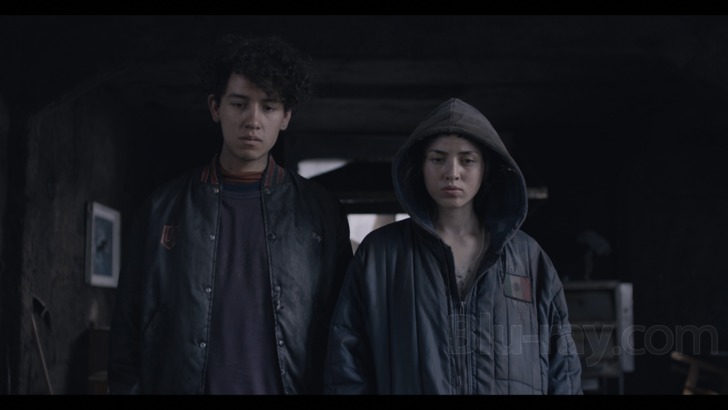
We Are the Flesh is presented on Blu-ray courtesy of Arrow Video with an AVC encoded 1080p transfer in 1.92:1 (one brief sequence is in Academy Ratio, as can be seen in screenshot 3). Arrow's insert booklet indicates the HD master was provided by Emiliano Rocha Minter himself (evidently delivered through Reel Suspects). The IMDb lists the Red Epic Dragon as having been utilized, and the transfer boasts generally excellent detail levels, at least when lighting regimens and color grading techniques allow. As can be seen in several of the screenshots accompanying this review (see especially numbers 9, 10, 11, 12, 14, 16, 17 and 19), a whole host of various grading techniques have been employed, some of which lead to a marked decrease in fine detail levels. When added into the general darkness that the film exploits after the womb like structure is constructed, there are fairly highly variable levels of both general detail and fine detail, as well as occasional issues with crush. Some of the slate gray to blue grading actually helps to point out some fine detail elements like facial pores. While black levels are generally excellent, contrast seems to have been toyed with at times, something that can add a kind of milky overlay to some sequences. As is shown in screenshot 3, a brief sequence features thermal imagery.
We Are the Flesh Blu-ray Movie, Audio Quality 
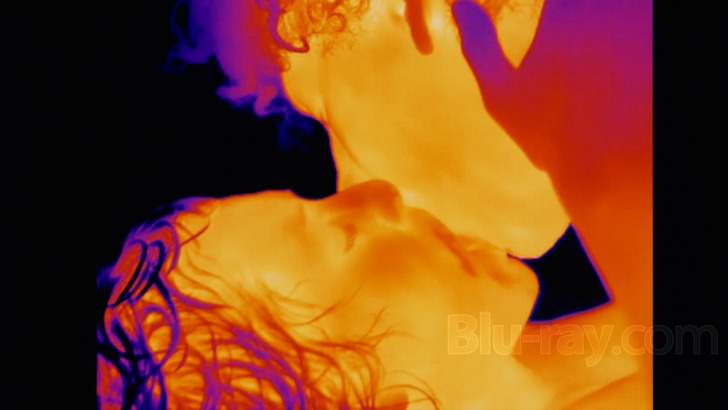
We Are the Flesh's DTS-HD Master Audio 5.1 track is often impressively immersive, beginning with the heaving breaths that erupt around the listener even before any imagery is made apparent. A resonant low frequency rumble often attends certain scenes and delivers a kind of subliminal dread. The film isn't really comprised of long dialogue stretches, but what there is typically comes through cleanly and clearly. Occasional sound effects are placed discretely, something that's perhaps remarkable given the proscribed confines that much of the film take place in.
We Are the Flesh Blu-ray Movie, Special Features and Extras 
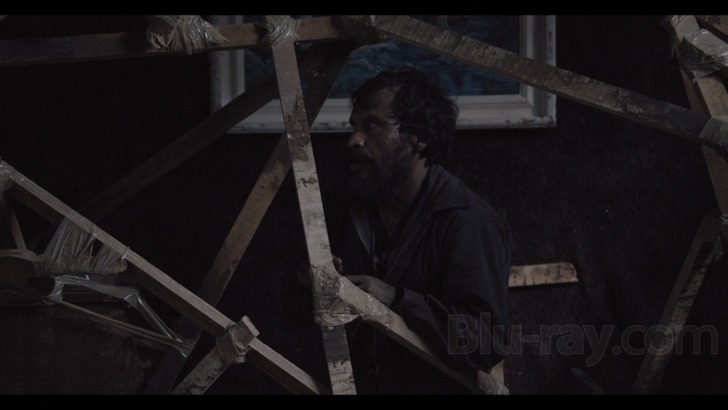
- Dentro (1080p; 12:39) is the first of two short films Emiliano Rocha Minter. This is a quite visually striking black and white film that details a kind of ritualistic installation two guys in the woods are working on.
- Videohome (1080p; 10:55) is a somewhat more abstract piece (in color) which has a series of vignettes featuring various guys in the midst of some strange activities (including playing with themselves).
- Virginie Salévy on We Are the Flesh (1080p; 36:21) has some good insight to offer and is liberally sprinkled with scenes from the film.
- Interviews
- Emiliano Rocha Minter (1080p; 18:20)
- Noé Hernández (1080p; 20:20)
- Maria Ivoli (1080p; 13:09)
- Diego Gamaliel (1080p; 13:30)
- Trailer (1080p; 1:29)
- Behind the Scenes Stills Gallery (1080p)
We Are the Flesh Blu-ray Movie, Overall Score and Recommendation 
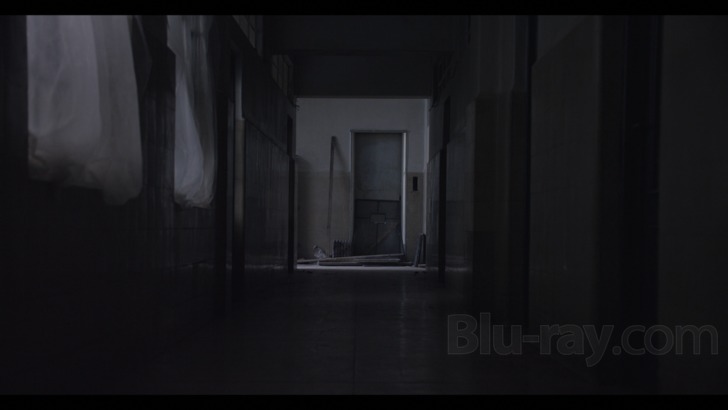
There's no getting around the fact that We Are the Flesh is going to be way too explicit for some, though the ironic thing is my hunch is horror fans may be more upset by the fact that there's really not all that much gore and guts on display. The Oedipal and/or Freudian sexual angle though is depicted in what can only be termed pretty hardcore porn style, albeit with stylistic flourishes that aren't regularly seen in more "down and dirty" porn efforts, and so viewers should be prepared for some extremely explicit material in this film. Because of its content I'm a little hesitant to offer an unbridled recommendation, but for those wanting something "completely different", We Are the Flesh certainly qualifies. Technical merits, especially the audio, are strong, and the supplemental material is quite interesting.
Similar titles
Similar titles you might also like

The Sweet House of Horrors
La Dolce Casa Degli Orrori
1989

The Vourdalak
Le Vourdalak
2023

Viy
Вий / Spirit of Evil
1967

The White Reindeer
Valkoinen peura
1952

A Girl Walks Home Alone at Night
دختری در شب تنها به خانه میرود / Dokhtari dar šab tanhâ be xâne miravad
2014

The Death King
Der Todesking
1990

Norway
Νορβηγία / Norvigía
2014

The House of Insane Women
Exorcism's Daughter / Las Melancólicas
1971

Byleth: The Demon of Incest
Byleth - Il demone dell'incesto
1972

The Beast and the Magic Sword
La bestia y la espada mágica
1983

The Black Cat
Il gatto nero / Demons 6 De Profundis
1989

Evil of Dracula
Chi o suu bara
1974

Leptirica
Лептирица | The She-Butterfly | Limited Edition
1973

The Devil's Game
I giochi del diavolo
1981

The Demon
Il demonio
1963

Werewolf
2018

Baskin 4K
2015

In a Glass Cage
Tras el cristal
1986

Queens of Evil
Le regine / Il delitto del diavolo
1970

Emma Puertas Oscuras
1974
